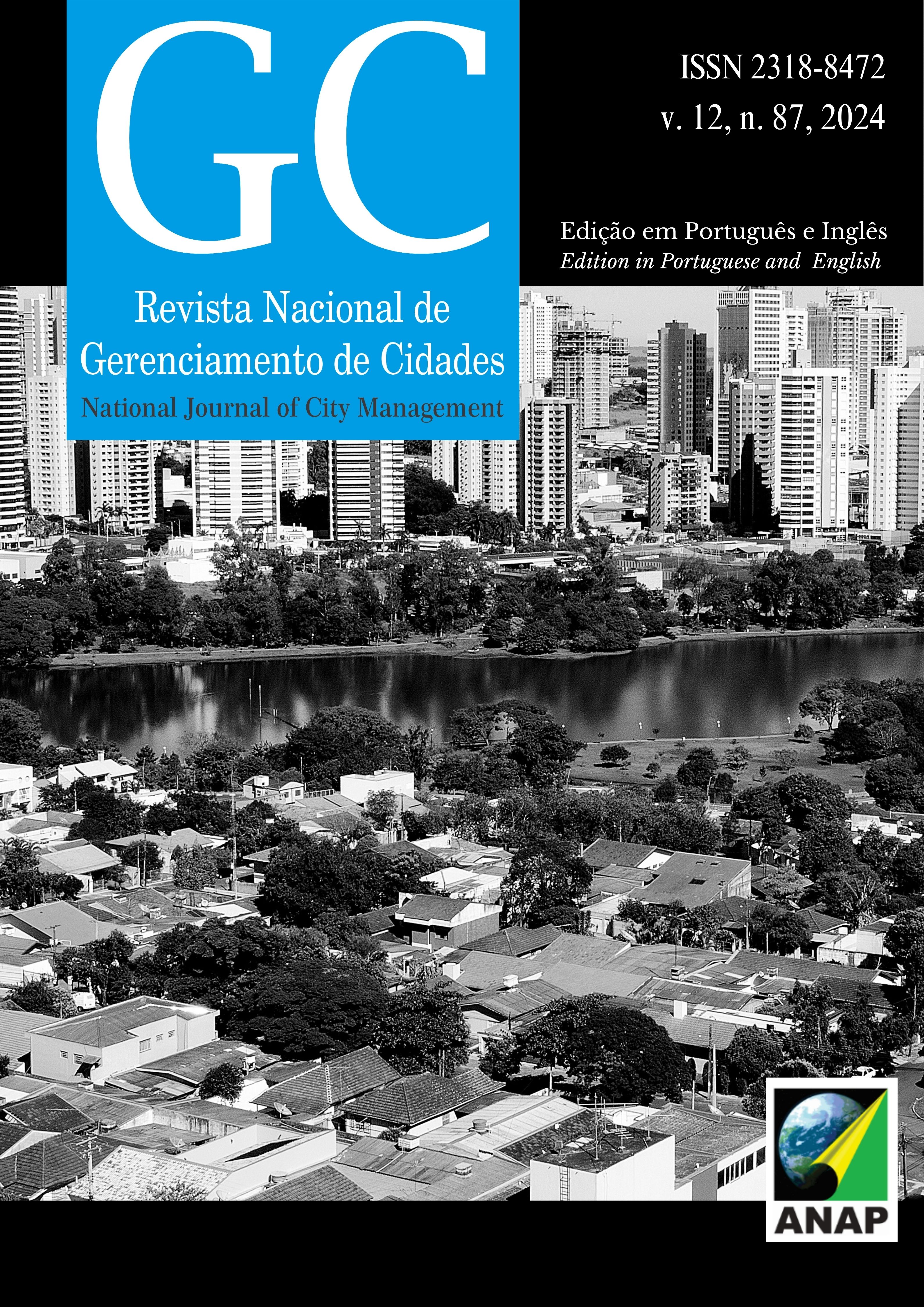Restoration Mortars
A review of challenges and innovations in the preservation of built heritage
DOI:
https://doi.org/10.17271/23188472128720245179Keywords:
Restoration Mortars, Conservation, Historical Building MaterialsAbstract
Restoration mortar is essential for the conservation of historical heritage, as it is formulated to meet specific aesthetic and functional compatibility needs between old and new materials. However, its effectiveness and durability present complex challenges that require a deep understanding of its characteristics. Through a systematic literature review (SLR), this article aims to identify advances in the formulation of these mortars, as well as highlight the importance of choosing binders, aggregates, and additives that closely match the physicochemical characteristics of historical mortars and performance evaluation methods, ensuring greater durability of interventions. Modern techniques, such as nanotechnology, are explored to improve mortar resistance to environmental agents and wear. The literature review resulted in 496 works from four databases, with 56 selected for detailed study, providing a comprehensive view of the application of materials, technologies, and different evaluation criteria. It is concluded that, despite the increase in research in recent years, the development of restoration mortars still requires improvements in characterization tests and long-term testing. Moreover, collaboration between academic and industrial sectors is essential for the development of more resistant, compatible, and sustainable mortars. Effective conservation of historical heritage through the use of restoration mortars promotes the preservation of cultural and architectural identity, while the development of more durable and sustainable materials contributes to reducing environmental impact by minimizing the need for frequent repairs and the use of natural resources.
Downloads
Downloads
Published
Issue
Section
License
Copyright (c) 2024 National Journal of City Management

This work is licensed under a Creative Commons Attribution 4.0 International License.














